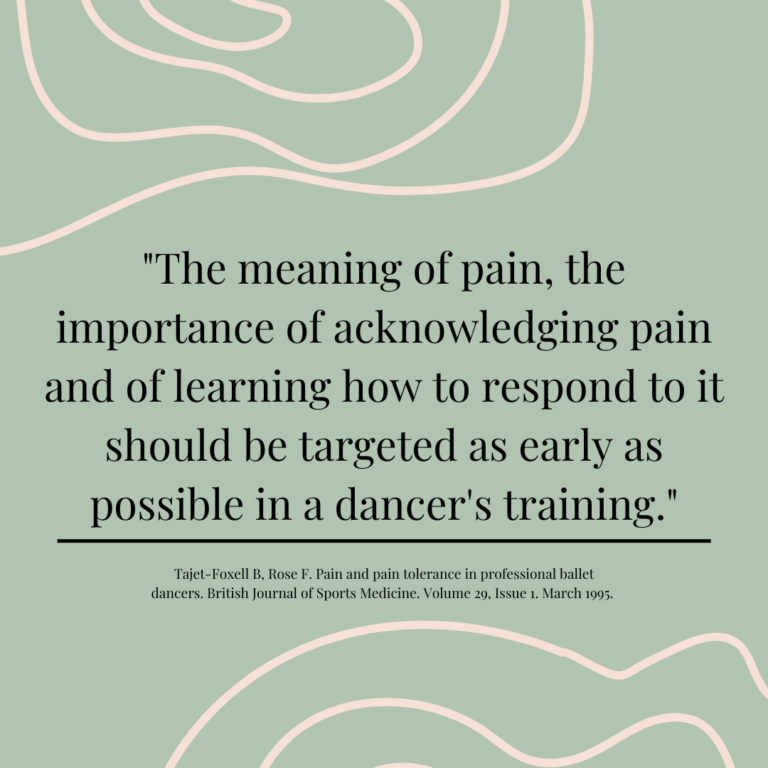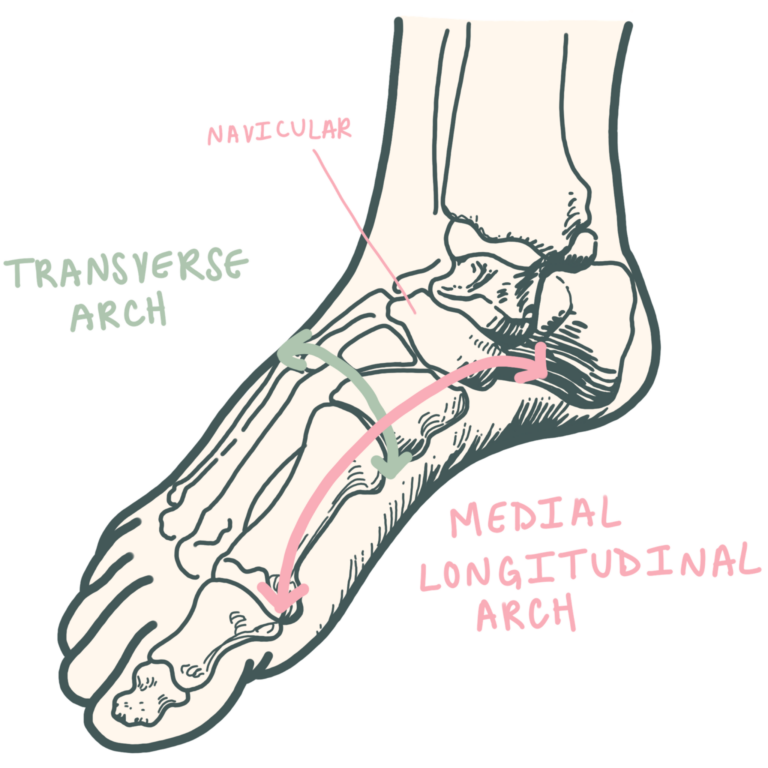Hi all! For those who don’t know me, my name is Lily. I am a dance artist and a third year doctor of physical therapy student at the University of Miami. Following graduation in May 2023 I aspire to enter the world of dance medicine as a clinician. I am specifically interested in dance injury risk analysis, injury rehabilitation, enhancing dance performance, postural dysfunction, and post-dance career pathokinesiology. Until then, I intend for this page to be utilized as a resource and a way to share the information I come across in published literature regarding dance and dancers’ wellbeing.
As my time as a physical therapy student begins to wind down, I have been reflecting on all I have learned- including answers to SO MANY of the questions I had when I was a young dancer, collegiate dancer, professional dancer, and a dance teacher.
As a student of dance I remember getting a correction about my rounded shoulders during barre. My instructor’s solution? “Go to the gym.” Being a self-proclaimed perfectionist this recommendation frustrated me – I didn’t know which muscles I needed to strengthen or stretch, wasn’t taught any exercises to target said body part, and wasn’t told how “fixing” my rounded shoulders would benefit me or my technique!
As a collegiate dancer at the University of South Florida (go Bulls!) and then a professional dancer at the Tampa City Ballet, I learned just how important it was to “take care of my body”… but that doesn’t mean I knew exactly how to. Spending a minimum of six hours in the studio training and rehearsing five days a week, I experienced my fair share of aches and pains, but made sure I was in class training the following morning – we’ve all heard “beauty is pain”! – and of course I wanted to see my friends. Had I known what I know now about the importance of cross training, dynamic warm-ups, minimizing static stretches, post workout recovery, and yes, the need for the occasional rest, my body would have been better for it and capable of so much more…
As a dance teacher I developed an eye to correct any technique error in my students via auditory cueing – “soften here, hold this, pull up! No, don’t pull up THAT much!” – tactile cueing, and visual cueing. But when it came to pinpointing specific areas and exercises that dance students could independently work on outside of the allotted class time, my skills as a dance educator felt limited.
And then it’s finally tech week in the theater, the last few rehearsals before the Big Day. All around the energy fluctuates between excited and exhausted. As dancers begin performing piqué turns en pointe from the corner in the final act, one misstep causes a dancer to twist her ankle and she lands hard on the ground wincing in pain. The other dancers stop in place, as they collectively gasp. The music stops. And briefly it feels like time stops. Now what? How do you proceed? Can the dancer perform? How bad is the injury? Could it have been prevented? These are all questions I have had during my time teaching. The majority of my dance pedagogy was focused on how to design combinations and choreography for students (aka how to be a successful dance teacher), I was never taught how to respond to an injury within the studio, how to differentiate between a sprain or strain, what equipment I should have on hand in case the injured dancer can’t walk, or any screening tool to assess if a dancer needs a day to rest rather than to keep pushing themselves…
We often say “just listen to your body” in the dance community, but how can we if we’re never taught what to listen for?
These are some of the questions I have had during my time as a dancer. Now as a future physical therapist I plan to open a conversation within the dance community. All posts will be backed by literature with the citation for you to read the articles yourself if you feel inclined (but no worries, I know you’re busy, and the reading can be dry)! Please also feel free to reach out if you have any questions or topics that you would be interested in learning about, because chances are you aren’t alone. I am sure there will be some bumps in the road (hello typos and funky citations), but it’s a learning experience. If you’ve made it this far reading my rambles, make sure to adjust your posture 😉
-Lily
P.S. If you have pain when you dance please consult a licensed physical therapist or your health care provider (bonus points if they’re familiar with dance).




